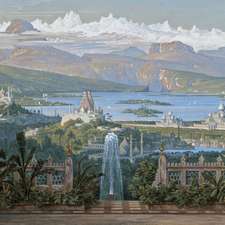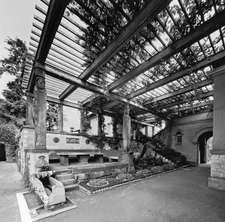Carlo Scarpa: Layers
Autor Anne-Catrin Schultzen Limba Engleză Hardback – 31 aug 2007
Preț: 264.04 lei
Preț vechi: 297.32 lei
-11% Nou
Puncte Express: 396
Preț estimativ în valută:
50.53€ • 54.87$ • 42.45£
50.53€ • 54.87$ • 42.45£
Carte disponibilă
Livrare economică 01-15 aprilie
Livrare express 18-22 martie pentru 95.20 lei
Preluare comenzi: 021 569.72.76
Specificații
ISBN-13: 9783930698141
ISBN-10: 3930698145
Pagini: 152
Ilustrații: 344 colour & b/w illus
Dimensiuni: 300 x 235 x 16 mm
Greutate: 1.06 kg
Editura: Edition Axel Menges GmbH
Colecția Edition Axel Menges (D)
ISBN-10: 3930698145
Pagini: 152
Ilustrații: 344 colour & b/w illus
Dimensiuni: 300 x 235 x 16 mm
Greutate: 1.06 kg
Editura: Edition Axel Menges GmbH
Colecția Edition Axel Menges (D)
Cuprins
Preface; The principle of layering: precedents -- Layering and stratification in architecture; Carlo Scarpa -- stratified architecture; Theoretical fundamentals of the principle of stratification in the architectural discussion; at the turn of the 20th century; Stratification in Scarpas work: influences; A detailed analysis of layering in three examples; Conclusion; Index.





